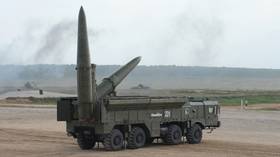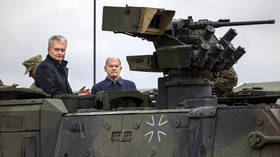Russia resumes saving money in National Wealth Fund – minister

Surging oil and gas revenues will allow Russia to add to its sovereign wealth fund despite Western sanctions, Finance Minister Anton Siluanov announced on Monday.
The National Wealth Fund (NWF), which accumulates revenue from energy exports, was created to support the national pension system and to help cover budget deficits when needed.
The latest figures showed that revenues from oil and gas sales grew 5.3% year-on-year in July and amounted to $8.66 billion. The largest intake was from gas exports, while earnings from oil sales rose by 2.6%. According to estimates, July was the first time this year that Russia's revenues from energy exports rose in year-on-year terms.
The minister noted that the budget intake from non-energy earnings, such as the import turnover tax and income taxes, has also grown this year compared to 2022 and 2021.
“The monthly dynamics of oil and gas income reached a level significantly exceeding their base size [8 trillion rubles ($83.2 billion) per year] and allowed for the accumulation of additional oil and gas incomes in the NWF,” Siluanov said in a statement.
Last month, Russia’s flagship Urals crude averaged $74 per barrel, well above the $60 price cap set by the EU and G7 countries in an attempt to curtail Moscow’s oil revenues.
August was the second consecutive month in which the average price of Russia’s Urals topped the $60 mark since the mechanism was implemented, according to data.
While the sanctions have barred Russia from accessing its traditional Western markets, they have triggered a large-scale reshuffling in global oil supply. Moscow has successfully redirected exports to Asia. According to the latest OPEC calculations, Russia has been the largest exporter of oil to India for the past year, accounting for 45% of the country’s crude purchases in June. It has also been China’s top supplier since January.
For more stories on economy & finance visit RT's business section












